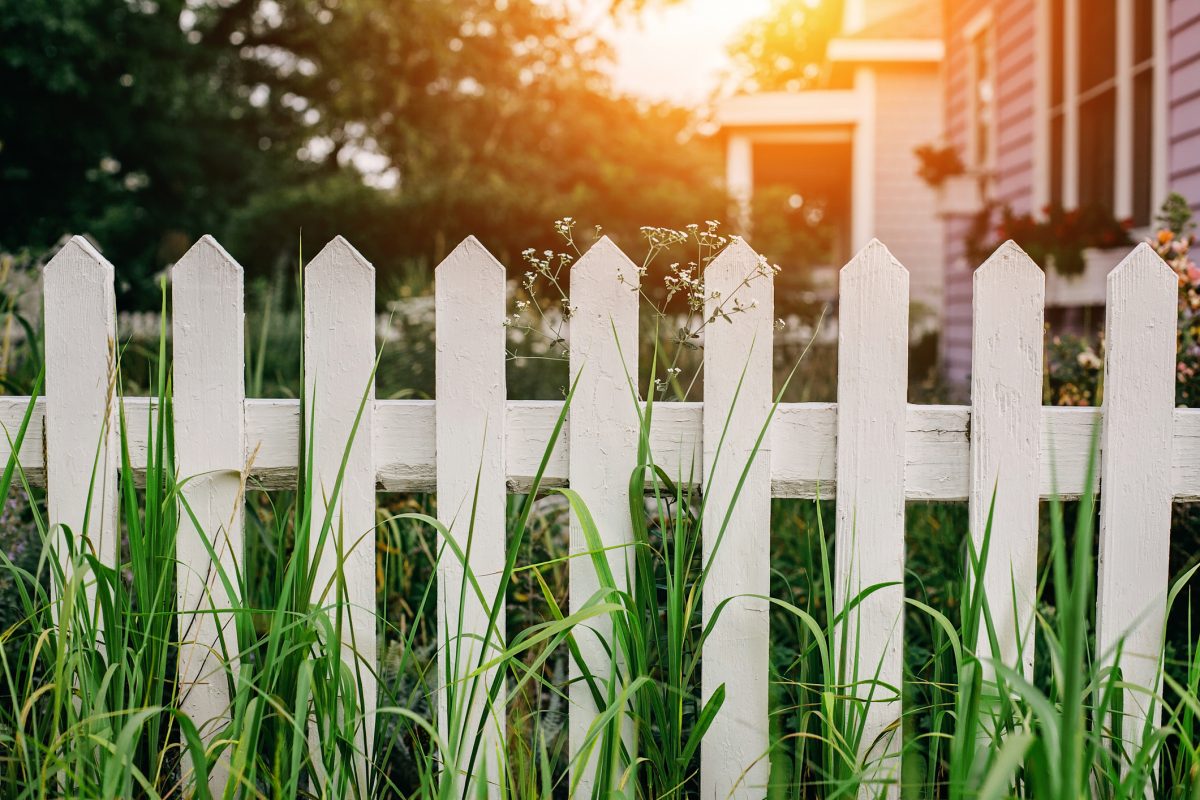Fencing boundary issues are a common occurrence between neighbors and have been since fencing was installed between homes. In some cases, it can be difficult to determine whether the fences that split the land into different sections belong to one parcel or the other.
When each property owner has a fence, it can be easy to determine which parcel they are responsible for, whereas, with a single fence, it can make the process more difficult.
Check the Conveyance Deed of the Home
If you purchased the home with the fence already present, the former owner should have included the information about fence ownership in the deed.
In many cases, you will be responsible for the fence at the left or the right of your land. You will need to check the conveyance deed to avoid any issues.
When checking the conveyancing deed, ownership is indicated with a T, marking one side of the boundary. If there is an H rather than a T, the boundary is shared by both parties.
If there is a boundary shared by both parties, this is called a party fence, so you will need to work with your neighbor about how to deal with the maintenance of the fence. If you want to have total ownership of the fence, you could follow the legal process to buy out your neighbor’s half of the fence.
Don’t have a fence yet? Find out more about the laws and regulations you must adhere to for your new fence!
Expert Fence Installation Services
Pittsburgh Fence Company will work with you and your neighbors to make the fence installation process easy! You can rely on us for all of your fencing needs in Pittsburgh. Contact us today to learn more!
